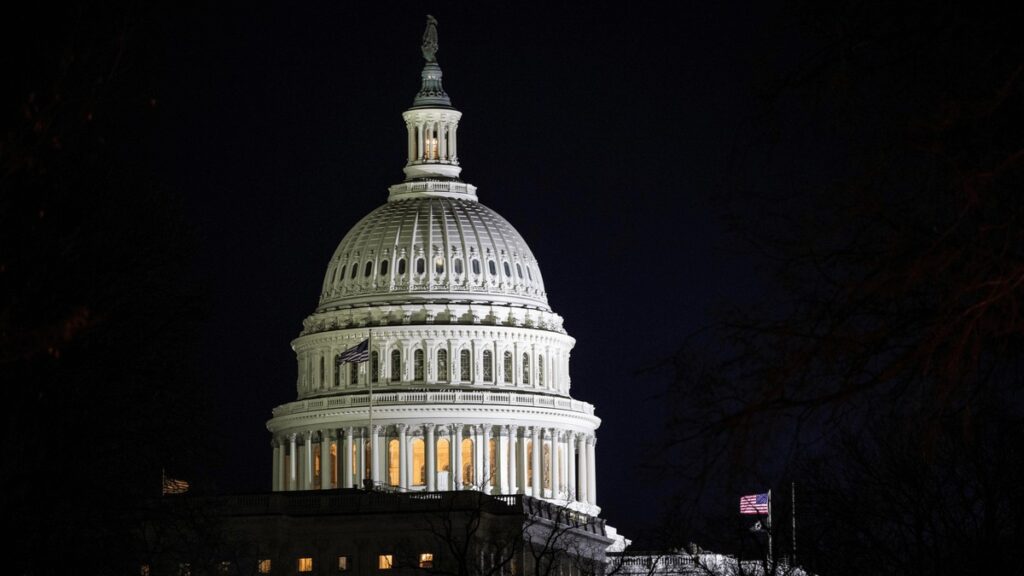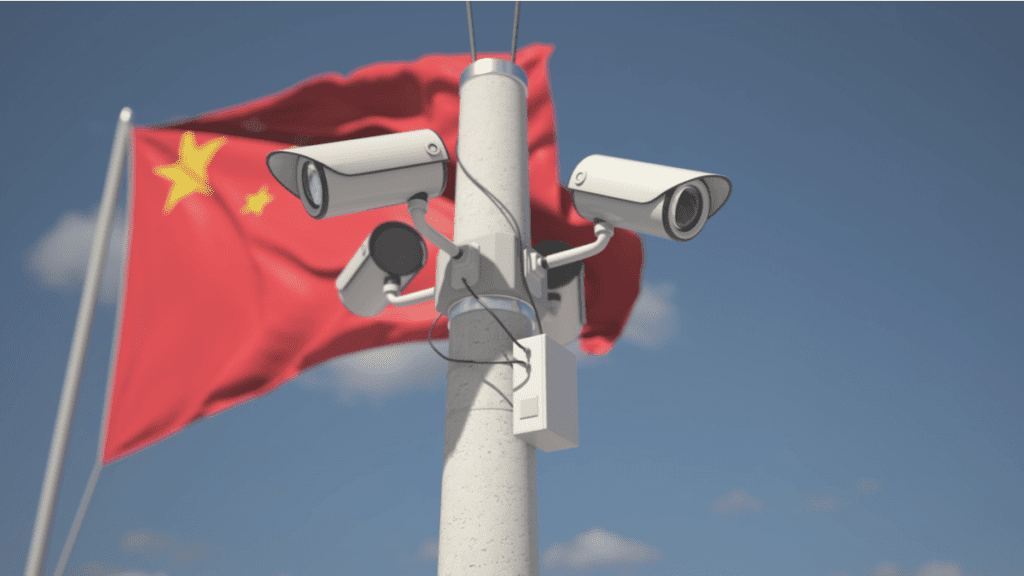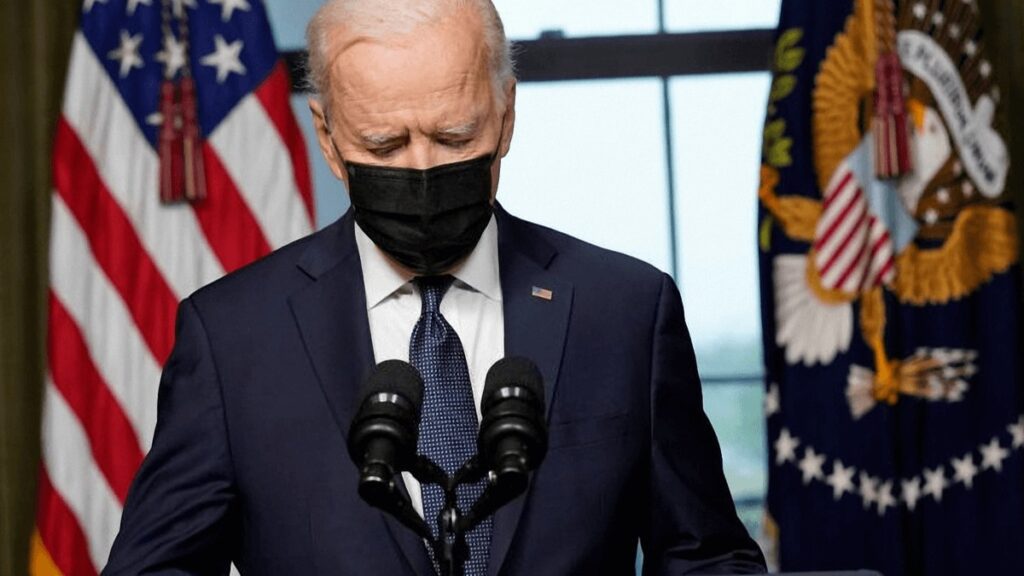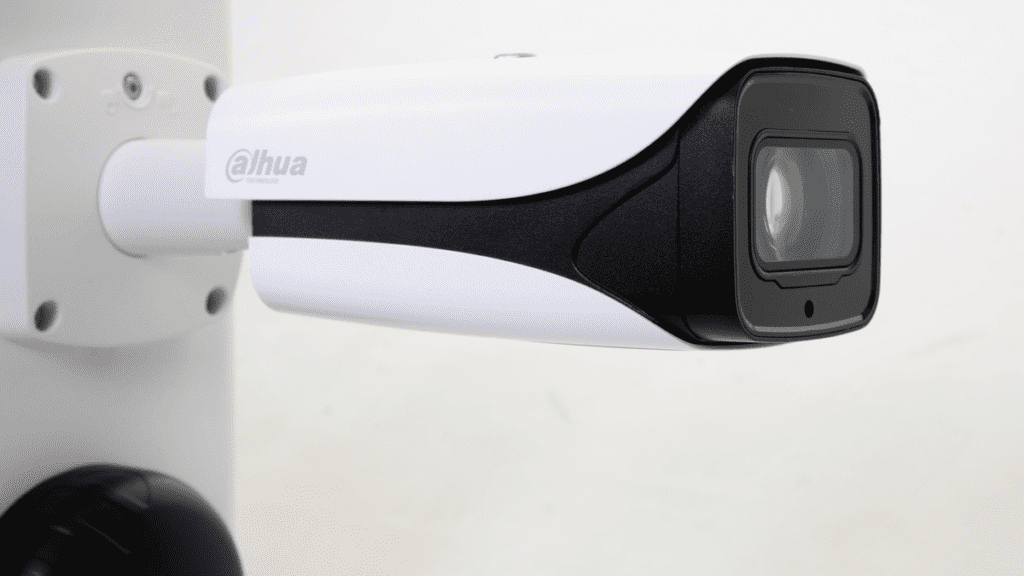
The fueled tension between Washington and Beijing marched into new territory as the U.S. expressed plans on Thursday to take measures to curb exports of surveillance tech and a diversified list of innovations, used by governmental authorities to suppress human rights.
The Biden Administration’s soon to be occasioned initiative will be initiated with U.S. allied nations. The initiative’s sole purpose is to govern a code of conduct to heighten coordination in export-licensing policies between these counties, as they share information on critical innovations adopted for usage against political dissidents, journalists, foreign government officials, and human rights activists.
Set for an initial announcement in the preliminary Summit for Democracy, a virtual assembling on December 9-10 and will include 111 democratic nations aiming to unify efforts against authoritarianism, with the exclusion of China and Russia.
“On December 9-10, 2021, President Biden will host a virtual summit for leaders from government, civil society, and the private sector. The summit will focus on challenges and opportunities facing democracies and will provide a platform for leaders to announce both individual and collective commitments, reforms, and initiatives to defend democracy and human rights at home and abroad,” the U.S. Department of State site explained.
From their part, both China and Russia publicized their discontent with the initiative and the Summit, highlighting it will spark global tension, by stoking up “ideological confrontation and a rift in the world.”
On Thursday, a senior Biden Administration official revealed in a briefing with reporters that the global development of surveillance tech has triggered American attention, which paved the way for these efforts.
“Technology is being misused by governments to surveil and, in some cases – as in the case of the PRC – to control their population,” the official addressed the issue in reference to China.

According to The Wall Street Journal and other news outlets, the U.S. played a significant part in providing China with surveillance tech to create its network to embark upon political protestors and ethnic minorities in the country, such as the northwestern Xinjiang territory.
Under former President Donald Trump’s Administration, the Department of State vocalized its immense disapproval against the ethnic group, labeling it a “genocide and crimes against humanity.” At the time, the administration demanded hasty actions against China’s mass repression campaign, with a call for action from international powers.
Beijing’s standpoint on the matter was contradictory to that of the U.S. and international opinion, as it renounced such accusations of abusing human rights in Xinjiang. As it rushed to its defense, Beijing rejected the genocide definition, stating these actions are deemed necessary on its part to counteract hostility from religious extremists in China.
In parallel, some of the U.S. tech companies that delivered their product to China for surveillance purposes, extracted themselves from any probable colluding allegations with Beijing, saying it has no power over the manners its innovations are being used after delivery.
In its Thursday announcement, the Biden-Harris Administration emphasized the vitality of halting the ever-growing adoption of technologies used to repress human rights, demanding a hasty implementation of a multilateral approach on the matter.
“This is a group of like-minded governments who will commit to working together to determine how export controls could better monitor and, as appropriate, restrict the proliferation of such technologies given their increasing misuse by end-users in human rights abuses,” a different administrative official stated.

While the Administration has yet to uncover the list of countries to join the effort against such conduct, but officials close to the matter revealed that it could include 42 members from the Wassenaar Arrangement – an export-control program for weapons and sensitive technologies.
The participants’ group includes some of the U.S. closest allies in Europe, North America, East Asia, and Russia.
The U.S. strategic plan to impose more authority on American – Chinese technological dealings could reach a new scale, with the tug of power shifting between Washington and Beijing. Washington is implementing strict measures to fulfill its vision of heightening its global supremacy by facing Chinese actions with exhaustive repression to escalate its sovereignty worldwide.
The United States sanctions on Chinese technological operations with the consistent application have played a vital role and shifting geopolitical powers between the East and West. In 2018, federal agencies were forbidden from purchasing and using specific digital components from Chinese companies.
The Defense Authorization Act was signed by former President Donald Trump and went into effect in 2020. The Act incorporates a variety of innovations with a “substantial or essential component of any system,” in addition to technologies implemented to route or view users’ data.
Now, in contradiction to the Defense Authorization Act, at least three U.S. federal agencies, including the United States Armed Forces, acquired Chinese video surveillance equipment banned in these federal entities under the Act.
According to TechCrunch and news site IPVM, the federal entities paid out thousands of dollars on obtaining equipment manufactured by a Dahua Technology subsidiary, Lorex.

It is worth mentioning that Dahua is one of many Chinese companies banned from conducting business with U.S.-based firms or agencies as it was included in the economic trade restrictions list earlier in 2019. This motive for the American restriction on the company was driven by its alleged link to Xinjiang ethnic suppression.
Despite the ban taking effect in 2019, these federal agencies submitted purchases from these manufacturers after the Act came into effect, with hundreds of official records demonstrating how these entities acquired Lorex equipment from federal contractors.
Referring to the records, TechCrunch highlighted that the Drug Enforcement Agency (DEA) paid in May 2021 for nine Lorex hard drives to be implemented into its systems for surveillance purposes, via a D.C.-based supplier, I.S. Enterprises.
Katherine Pfaff, a DEA representative, disclosed that the purchases were conducted via a governmental shopping portal, driven by the General Services Administration (GSA). When questioned about the role of the GSA, Pfaff held back from further elaborating and refused to publicize whether the Lorex equipment have been extracted from federal systems.
“GSA has multiple means to vet vendors and products sold on GSA Advantage in accordance with the Federal Acquisition Regulation (FAR). Moreover, contractors must comply with the clauses and provisions found in the FAR requiring them to state whether they sell covered technology Products confirmed to be non-compliant are removed from GSA Advantage,” GSA spokesperson Christina Wilkes said in an email.
In addition, records from the Defense Finance and Accounting Service (DFAS) also unveiled that a Department of Defense agency supervising the entity’s monetary management and purchasing service members, also bought video surveillance tech from the banned Chinese manufacturer.
The White House’s latest initiatives to work with allied nations have placed China on global scrutinizing adherence to halt back Beijing’s technological growth on an international level. With export control, and the soon-to-be-conducted Summit for Democracy, diversified opportunities could unleash fundamental global unity for Democratic renewal against Beijing’s conduct and technological expansion.